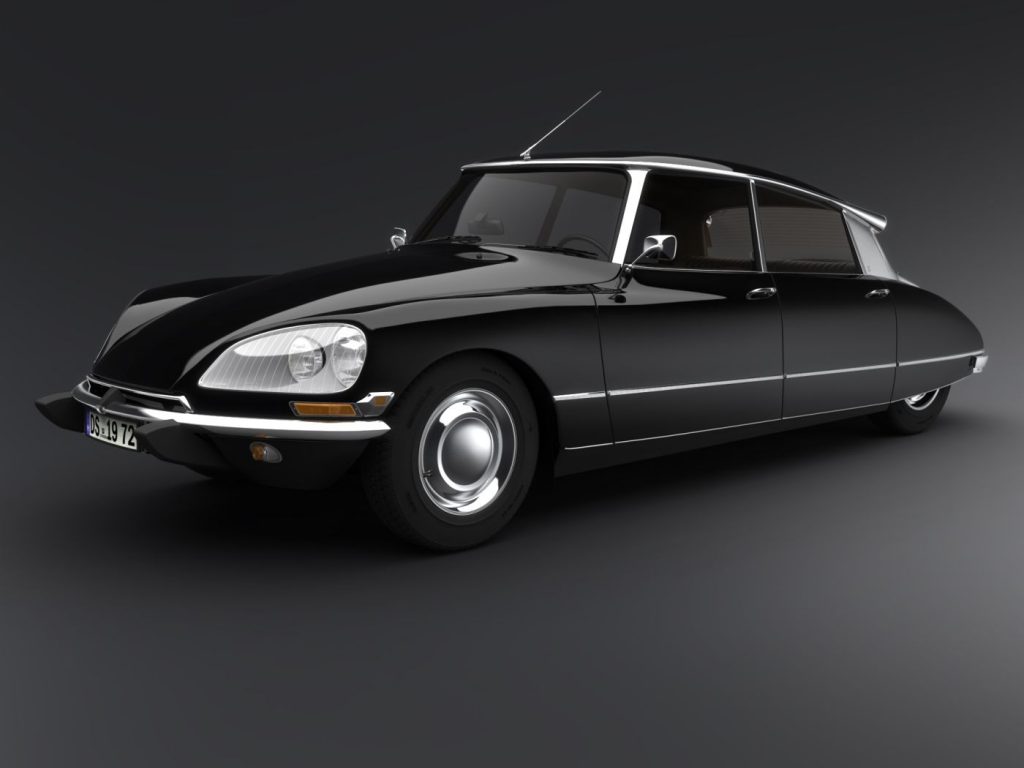11 February 2022
In February 1957, the Citroën DS in various shapes and colours was displayed at a contemporary art fair in Paris. The theme is ‘la DS est un oeuvre d’art’. The DS is a work of art.
In 1957 an essay by French author Roland Barthes described the cars as ‘almost the exact equivalent of the great Gothic cathedrals … conceived with passion by unknown artists.’ Barthes added that it was ‘obvious the new Citroen has fallen from the sky.’
His vision of the DS as a heavenly object was perhaps unavoidable. ‘DS’ is pronounced “deesse,” the French word for goddess.
Exhibited on October 6, 1955, Paris Motor Show, the DS stood out, and its dynamic lines attracted attention. Its profile as a ‘drop of water’ designed by Flaming Bertoni, clearly distinguished from the other vehicles presented during the same year. This futuristic aspect earned DS the nickname “flying Saucer’ (or ‘Star of the Show).
It used Hydropneumatic Suspension, Disc Brakes and Power Steering, so clever that it allowed the Ds to ride on only three wheels.
Two men and their staff teams created this marvel of automotive design. Both recruited by André Citroën and designed the Citroën Traction in 1934, André Lefèvre was an engineer, while Flaminio Bertoni was a draftsman and sculptor. To create and sculpt the sensual lines of the DS, Flaminio Bertoni worked in close cooperation with engineer André Lefèvre, whose main concern was aerodynamics.
The assassination attempt in Petit-Clamart was an attack on the life of the then French President Charles de Gaulle. It took place on the evening of August 22, 1962, in Petit-Clamart. The DS saved General de Gaulle during the attack despite its punctured tyres.
The estate version of the DS was used as an ambulance or for prestige people on business and state occasions.
Built from 1955-to 1975, and 1,456,115 manufactured.

